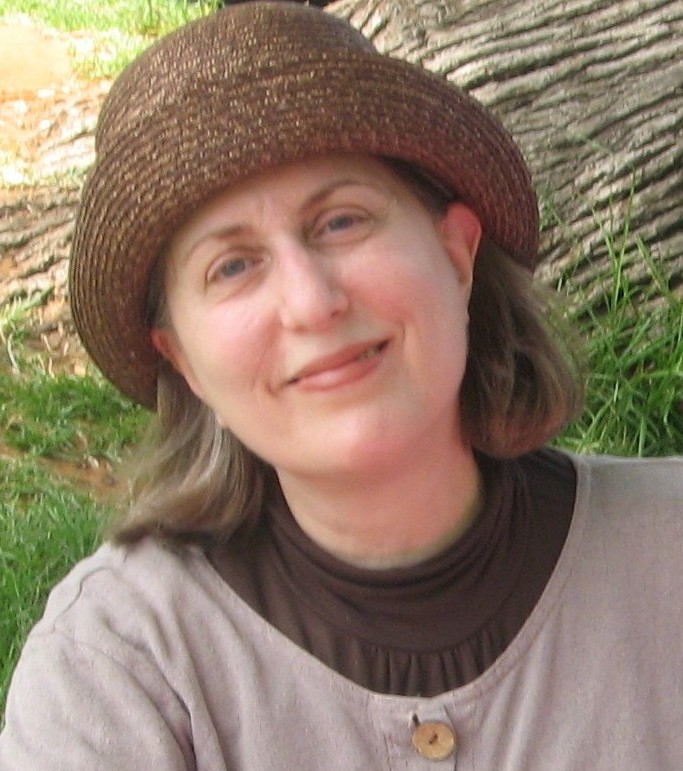Letters and Light

In the visionary art of Sarah Fox-Ashrei, a picture is more than something pretty to look at — it’s an avodah

S
itting in the apartment of Sarah Fox-Ashrei, where the walls are filled with colorful paintings incorporating the alef-beis and other Jewish motifs, it’s hard to believe she was ever an all-too-typical American girl who knew almost nothing about Torah and mitzvos.
Yet as she speaks about her life’s journey, which has taken her from California to the Jewish Quarter in Jerusalem’s Old City, it’s clear Sarah has always had a spiritual pipeline that not only nourished her searching soul when she was young, but continues to inspire her today.
A Grandfather’s Gift
“My story begins, I’d say, when I was five years old,” says Sarah. “My grandfather gave me a birthday present — a little Hebrew siddur with a cover made from olive wood that had a picture of the Kotel on it. My grandfather’s father had made a trip to Jerusalem around 1900, and he had bought this little siddur. And because I was small, my grandfather decided to give it to me.”
Many years have passed since then. Today Sarah is a grandmother. But when she tells the story of that long-ago birthday when she was a little girl living in Upland, California, there’s a light in Sarah’s eyes, an excitement in her voice, that makes time fade away.
“When I opened it,” she continues, “I knew those letters were connected to my soul. From the age of five to twelve, I kept the little siddur under my pillow. I had a little flashlight and I would take out the siddur and shine the light on it and stare at the letters until I fell asleep.
“I had awesome dreams, which I dreamed hundreds of times, and I still dream them until today. In one dream I saw the angels in Shamayim forming the shape of the letters of the alef-beis as they danced and sang Hallel to Hashem.”
Sarah’s family wasn’t religious, but her father was a firm believer in Hashem and was strongly connected to his Creator.
“My father would tell me, ‘If you’re going through a test, ask G-d to help you. G-d will help.’ He would say the Shema with me when I was small, and also Tehillim 23. Every night, before he went to sleep, he would thank G-d for the good that happened to him that day. Then he’d ask G-d to help this person who was having problems and that one.
“My father revealed to me that there’s a Creator Who is aware of everything we think and do, and that we have to constantly thank Him and ask Him to help us make the right choices and succeed.”
Sarah connected to G-d in her childhood through her art and dance, which was her way to thank G-d for all the good He gave her. When she was young, nature was her inspiration — the sky, the trees, and the wind.
But once she left childhood behind, that pure connection to Hashem was harder to maintain. Hard but not impossible, because another dream from her childhood had showed her a way.
Oops! We could not locate your form.













